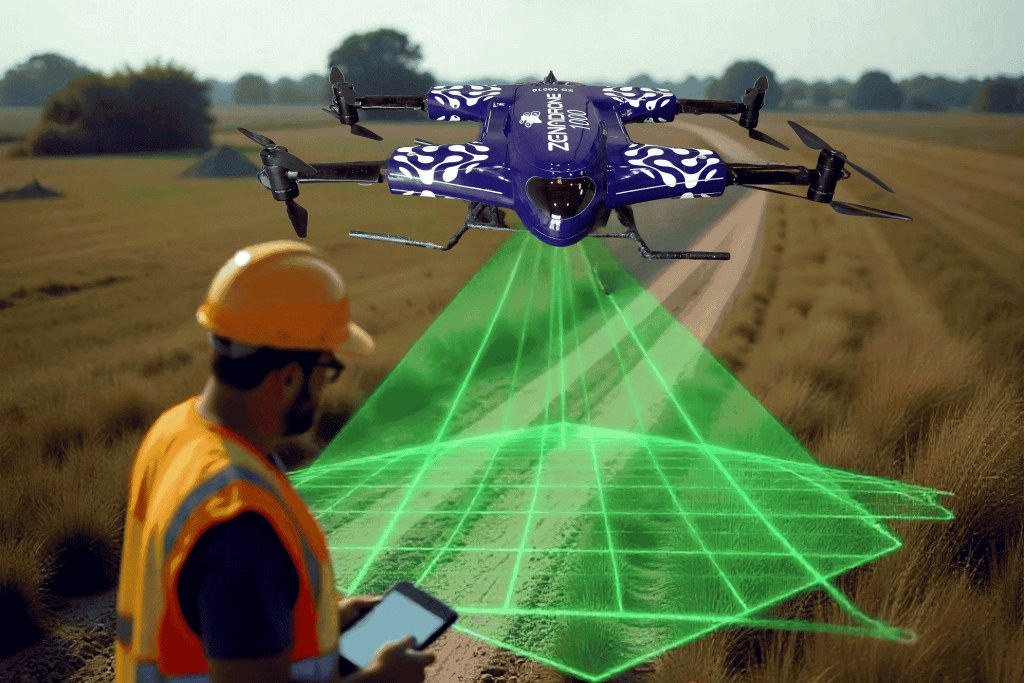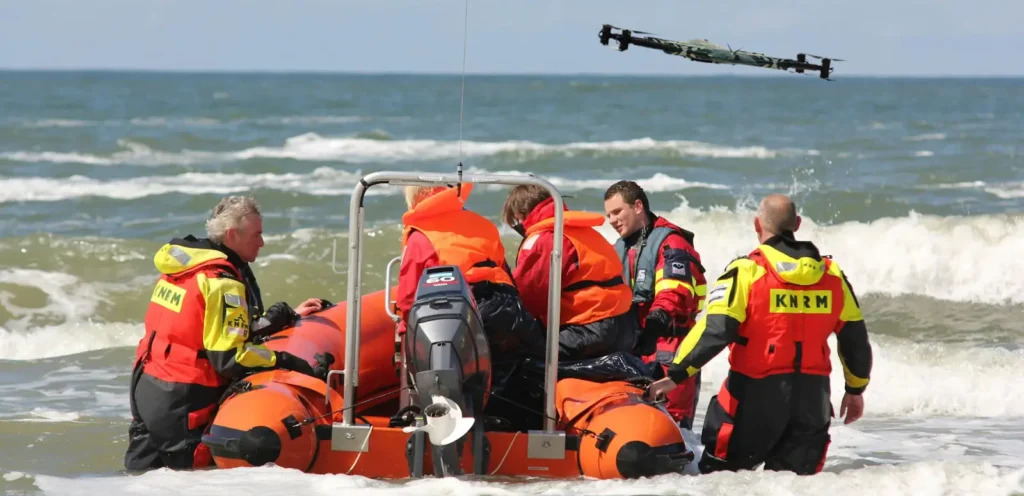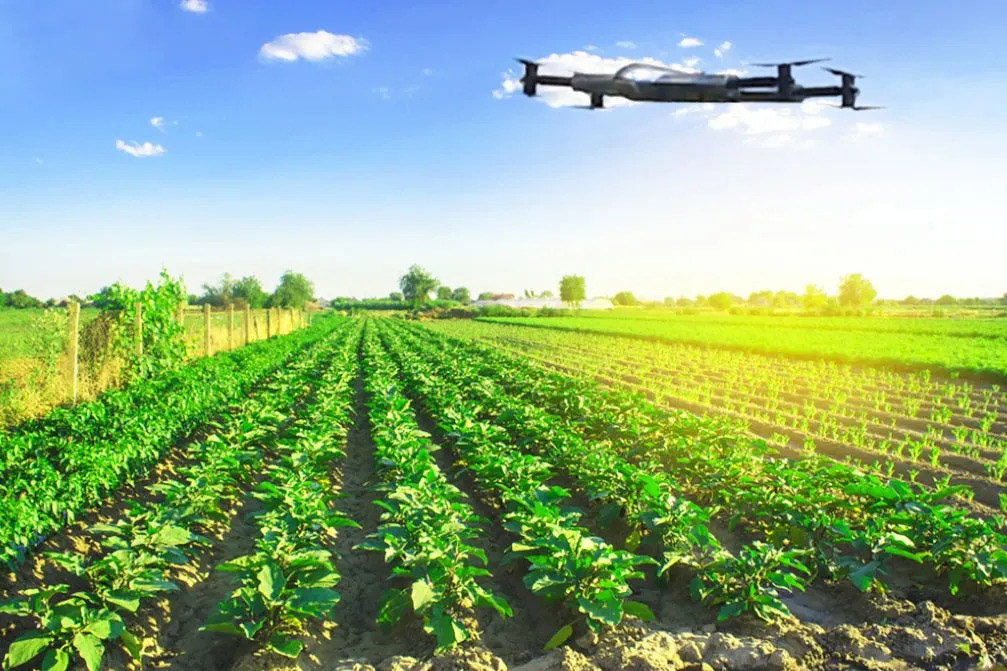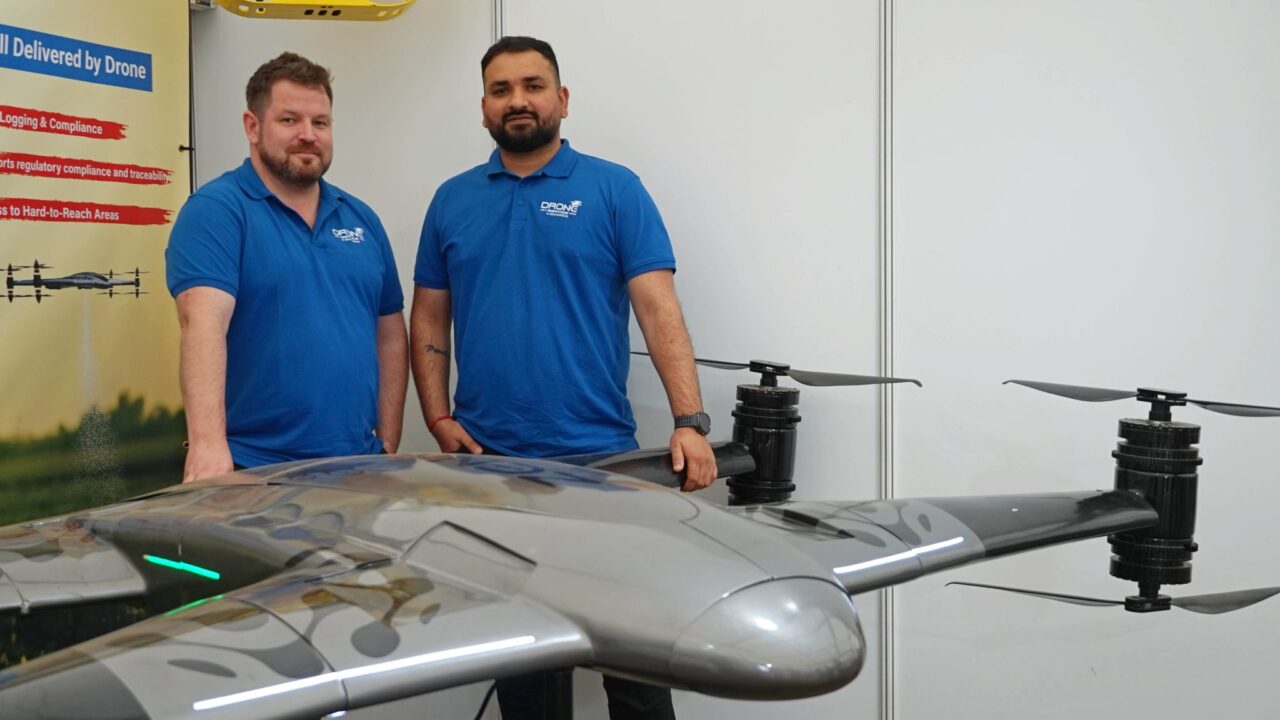Drones are proving to be the dark horse in the race to bring the benefits of digital technology to farming with companies now jostling for position in this new and rapidly expanding market.
While the big tractor manufactures focussed on automating the standard tractor and start ups saw smaller field robots as the way forward, neither has really grabbed the attention of mainstream farming.
Drones, however, are now being talked about with an enthusiasm that has so far eluded the other two approaches and the means by which they are deployed has now become the topic of discussion, rather than just whether they have a role to play or not.
Fresh approach needed
This may sound a small point but drones are machines that require a completely different management strategy to tractors or ploughs, and while farmers themselves are quite able to fly them there is a whole new world of possibilities and potential to explore that is best guided by specialists.
Zenadrone was one of the drone companies exhibiting at The Ploughing and it is bringing a new approach to the issue of actually getting the benefits of drone technology to the farm.

Simon Henry, Vice President for Business Development, laid out just how Zenadroneare going about this task and it revolves around establishing a network of service centres throughout the countries in which it operates from which farmers buy their drone services.
This is in contrast to what is generally happening in the drone industry where quite competent machines are being produced, but actually getting them doing anything useful beyond a handful of early adopters is a hit and miss affair.
Drone implementation
To ensure this fate does not befall Zenadrone, the company has thought as much about the marketing as it has the hardware and it is taking the route of keeping the operation of the drones and the analysis of the data in house.
In doing so the customer gets the results that are useful to the farming business without having to buy a drone, engage in flying it himself, which requires a licence and training, or processing the data to extract the useful information.
The one stop shop approach to be taken by Zenadrone takes care of the business of operating drones to their maximum effect through the use of professionals, rather than on an ad hoc basis, which is where a lot of the drone implementation is heading.
Maps are just the beginning
Yet it doesn’t stop at just field maps, the ZD1000 drone on display has a carrying capacity of 40kg, quite enough for spot spraying applications and bigger craft are set to follow.
One advantage that the company claims is that it is first and foremost part of a larger group, founded and headed by Dr Shaun Passley who is intent on bringing drone technology to all aspects of life, not just agriculture.

It might be said that agriculture has suffered enough software engineers telling farmers how they should farm, but Zenadrone is aware of this trap and is addressing it through the appointment of a team with an agricultural background.
Simon clearly notes that the company is “Not here to dump technology on farming”, but rather work with its customers to at a pace that the end user is comfortable with.
Software selection
The company is also keeping an open mind on the type of software used, and once again it is produced in house by the company’s own drone specialists.
AI is so often bandied about as the solution to pretty much every problem under the sun, but both Simon and Dhairya Bhatt, Drone Operation Manager, remain less than totally overwhelmed by the publicity it gains.
Whilst both are certain that machine learning and advanced algorithms have an important part to play, what is often termed AI has issues, the main one being that its output still needs verifying by a human. It doesn’t always get it right.
This is a truth that much of the world has still to appreciate but Zenadrone is well aware of the shortcomings as well as the tremendous potential of software developments.
Getting established
Presently the company is gearing itself up for a full launch in the new year with its first service centre likely to be located in Co Cork.
Simon notes that over the last three years there has been a surge in interest from farmers, and not just the younger ones who may be attracted by the technology.

At the more mature end of the generation spectrum farmers are starting to realise that drones can bring cost savings and efficiencies to their businesses, along with alleviating the shortage of skilled staff.
These centres will each provide a full range of drone services, services that will change and adapt to the demands of the customer base, whether it be field mapping, spot spraying, or, as the drones get bigger, fertilizer application.
Future foreseen
Although weed identification and elimination is now an established role for drones, the use of multi-spectral cameras is starting to recognise crop disease from the sky long before it is spotted at ground level.
Treating small areas at an early stage may well reduce the need to blanket spray whole fields at a later date, and it is these sort of possibilities which excite the team as they look forward.
The group already employs over 400 people globally and it will be looking to build its team here in Ireland as the business expands. Drone pilots and technicians will be in particular demand and the appropriate training will be offered by the company.

